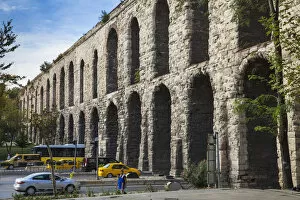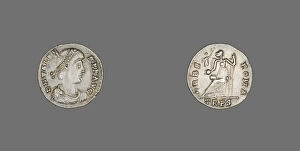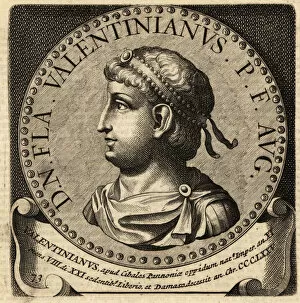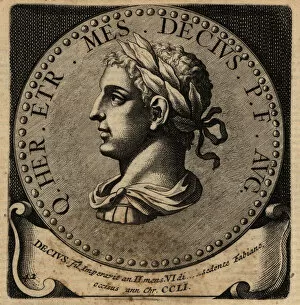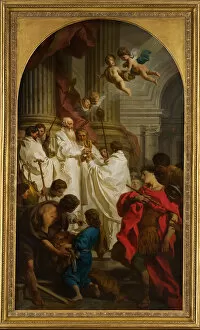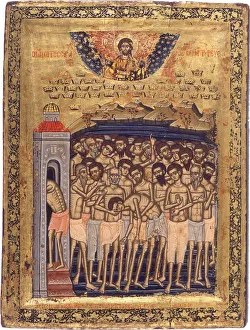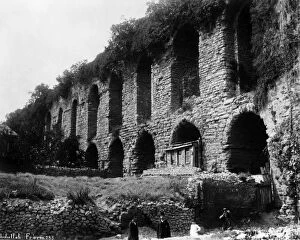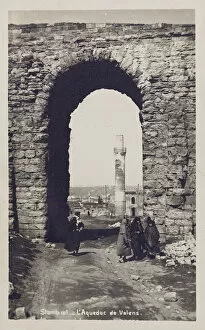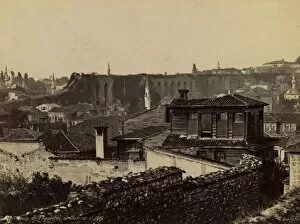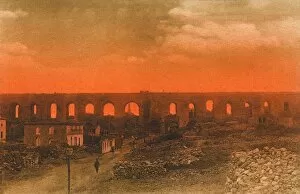Valens Collection
Valens, the name that echoes through history, conjures images of grandeur and power
All Professionally Made to Order for Quick Shipping
Valens, the name that echoes through history, conjures images of grandeur and power. From the majestic Aqueduct in Constantinople to the captivating portraits of this Roman Emperor, his legacy is etched into the annals of time. In Turkey's vibrant city of Istanbul, stands proudly the Aqueduct of Valens, a testament to engineering brilliance. This architectural marvel served as a lifeline for ancient Constantinople, providing water to its inhabitants with grace and efficiency. Coins bearing Emperor Valens' likeness reveal glimpses into his reign. Crafted by unknown hands, these Siliqua coins capture his regal visage and symbolize his authority over an empire spanning from 364-378 AD. The portraits immortalize Valens alongside fellow emperors such as Valentinian I and Herennius Etruscus. These paintings depict their stoic expressions and commanding presence - rulers who shaped history with their decisions. One engraving transports us back to 369 AD when Emperor Valens met Athanaric, the Visigothic King on the Danube River. A meeting that would shape alliances and alter destinies forever; it showcases two powerful leaders locked in negotiation amidst turbulent times. A Byzantine gold solidus coin further emphasizes Valen's influence even after death. Minted between 364-378 AD, this precious artifact serves as a reminder of his enduring impact on both politics and economy during this era. Artistic masterpieces like "The Mass of Saint Basil" by Pierre Subleyras or "The Forty Martyrs of Sebaste" remind us that beyond political prowess lay a man deeply connected to faith. These works reflect upon religious devotion intertwined with imperial rule during Valen's reign. Valens' story lives on through these remnants scattered across time - aqueducts standing tall against centuries' weariness; coins whispering tales from long-forgotten markets; portraits capturing the essence of an emperor's might.

